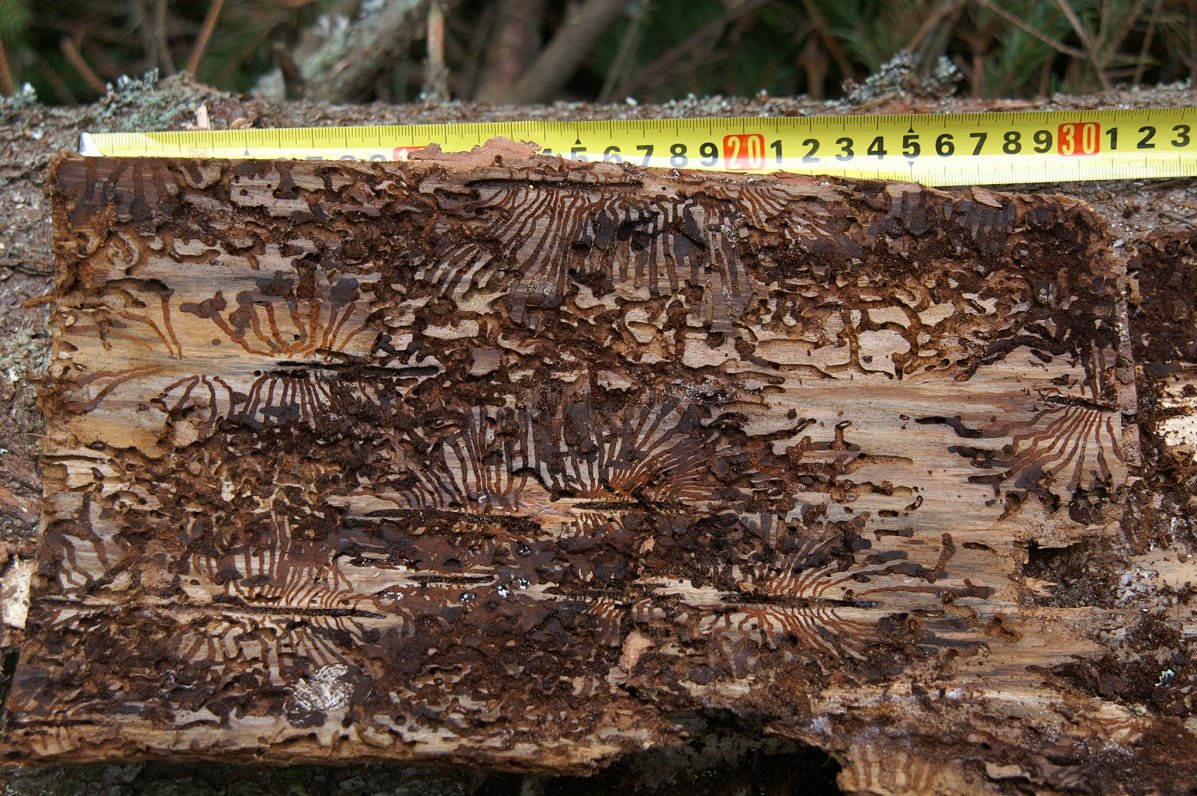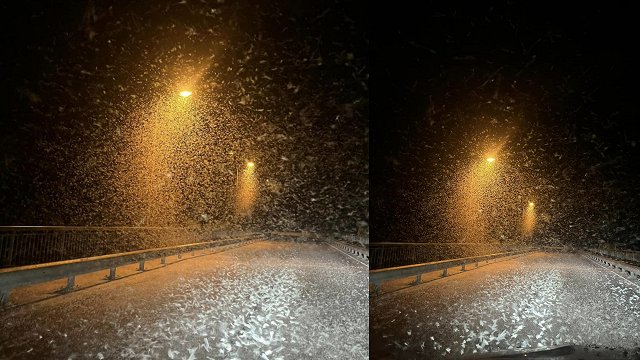Land, including private land, within the Gauja National Park boundaries is subject to strict nature protection measures and the felling of mature trees in particular is something that generally requires considerable paperwork to be completed and permission to be obtained.
However, in future pest control measures will be possible if no habitat of specially protected species has been identified in the relevant forest stand. It will though be necessary to receive the opinion of the State Forest Service Sanitary and Nature Protection Board for felling damaged trees.
Currently, spruce stands are dying in several European countries, including Latvia, due to the widespread multiplication of eight-toothed bark beetles. The bark beetle is considered to be one of the most dangerous forest pests in Latvia, the authors of the draft law have emphasized.
The eight-toothed bark beetle is most frequently found on fallen trees as it prefers stressed and dying trees. However, a population increase as seen in recent years, will see it move to living trees, too. It is believed that the proliferation of the pest in the Gauja National Park may have been facilitated by the dry summer of 2017 and a relatively large number of wind-blown trees.
Controlling the beetle is a matter of urgency, as it has also been known to move to pine trees when its population becomes very large. You can read more about its lifecycle at this site.
Opinions vary on the best methods of control. The population of this pest has reached the high risk of damage threshold in the central and northern part of Vidzeme, and significant damage has been observed in the vicinity of Lubāna.
According to Agnis Šmits, a researcher at the Latvian State Forest Research Institute “Silava”: "Every tree that is cut down leaves a smell where those bark beetles multiply, they come, they stay even more," Schmidt explained earlier in the fact-finding project Re:Check.
Current thinking is that heavily affected spruce stands should be cut completely. If there is another stand nearby that you want to protect, a special chemical or pheromone trap must be placed with the help of the State Forest Service, which attracts the pest. On the other hand, if the damage is small - only individual trees - most likely, the bark beetle has already found the damaged trees it prefers and will not spread to nearby spruces.





























